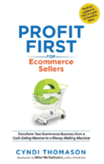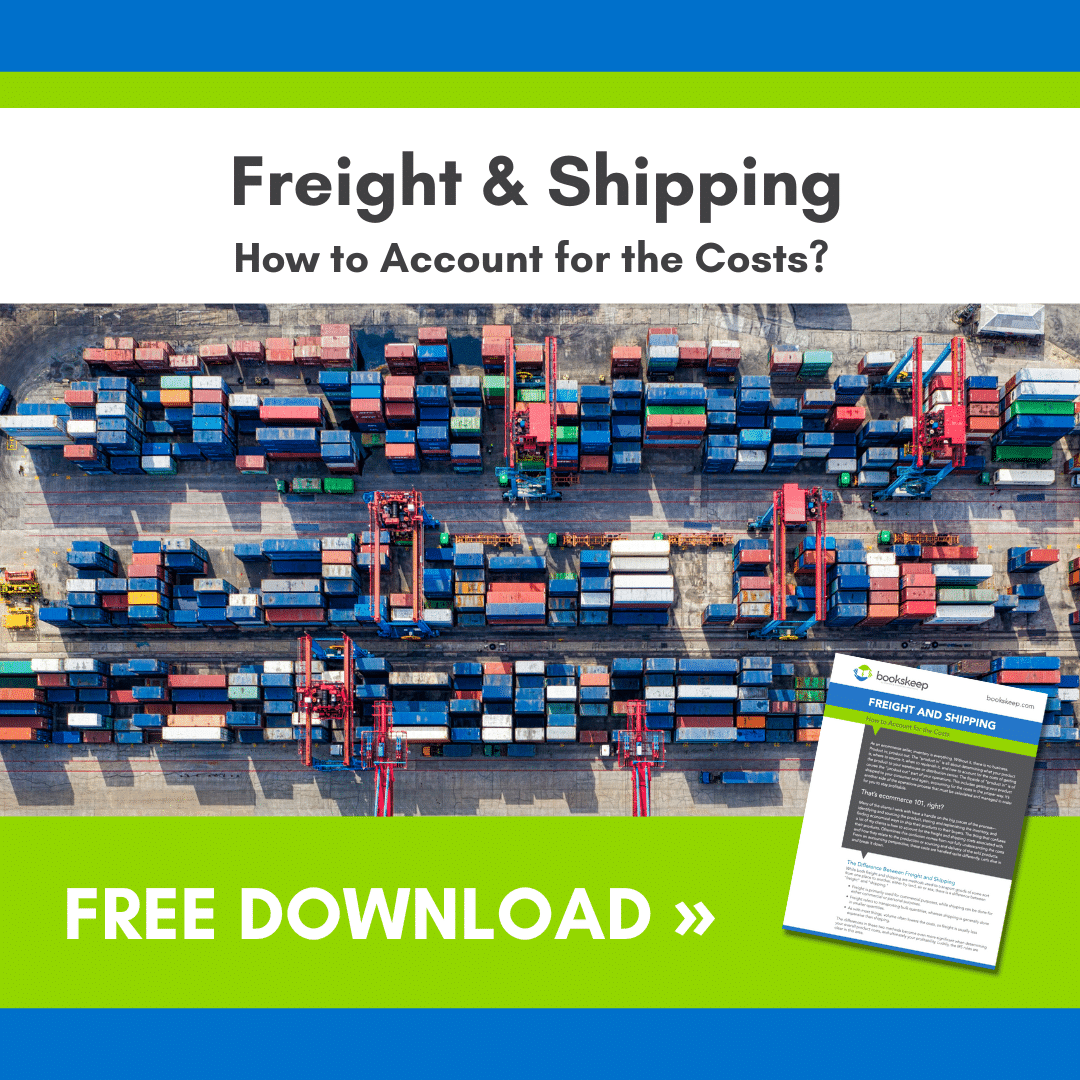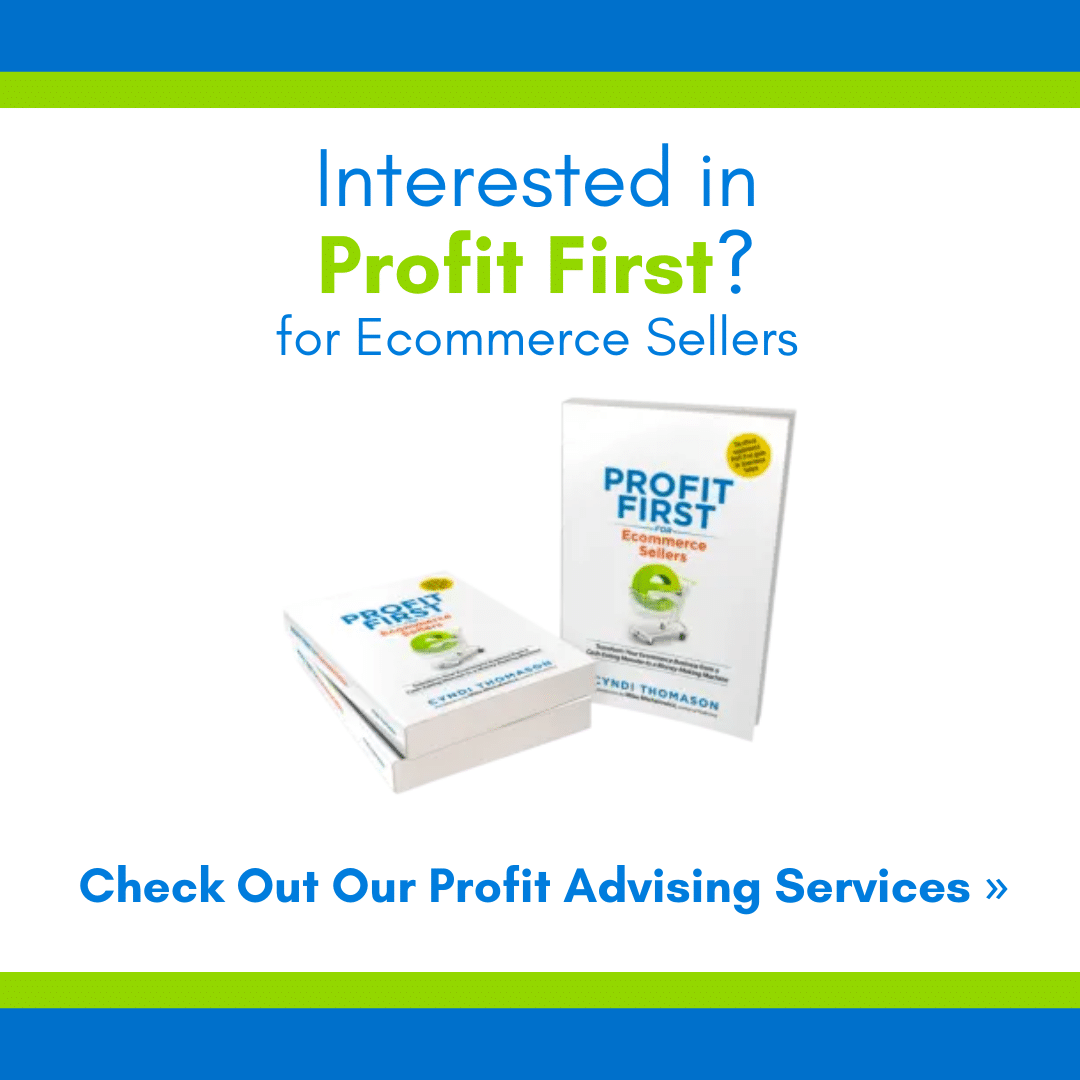I have recently had a few questions from ecommerce sellers about how to manage their profit allocations when Amazon withholds a reserve. This week’s blog will specifically address the implications to your Profit First allocations and how to manage them if a reserve has been withheld. I will also address how to use your Profit account to smooth out a cash shortage if a reserve is withheld. To better understand Amazon’s payment processes, we’ve found these two blogs that explain all the variations behind a reserve or unavailable balance:
- How Amazon Payouts and Unavailable Balances Actually Work
- How To Deal With Amazon Reserve, Payment Hold, And Other Disbursement Issues
After you’ve wrapped your head around all the confusion about how and why there may be a reserve account, let’s look at how to manage it from a Profit First perspective.
How to Make Your Profit First Allocations When a Reserve is Held
First, let’s look at how to handle your target allocations. You will see on your settlement report the amount of sales and the total fees withheld, the total amount you will receive as a deposit to your account, and the total being held in reserve. The amount you will work with on your allocations is the amount being deposited. Profit First is a cash management system, and since the amount of the deposit is the cash you will receive, that’s what you have to work with. I know, this is a painful moment for many of you. If you work through your allocations as we recommend, you will move a portion to Inventory, then Profit, then Owner Pay, Taxes and Operating Expenses. What Amazon has held back simply may not fund all those accounts. Let’s walk through a couple of scenarios:
Scenario 1:
One Time or Occasional Reserve Held. You’ve been operating without a reserve and because of an unusual transaction, a portion of your settlement is held in reserve or is an unavailable balance. This is typically resolved within 3-8 weeks and your funds are released. To manage your Profit First allocations, your settlement after the reserve is withheld can be allocated using your typical percentages. However, if you are using a percentage for your inventory, realize that you will be reducing your inventory allocation until the funds are released. If you are expected to have to pay for inventory before the reserve payment is released, you may come up short.
Many retail or online arbitrage clients use the balance in the inventory account as a budget for shopping. This will curb you until those reserve funds are released. If you are using the actual COGS as the basis to determine your allocation to your inventory account, you will see a shortfall in your Profit, Owner Pay, Tax and Opex accounts. Since this is a temporary situation, you may be fine until the next payout when everything gets caught up. If you’re finding a shortfall in any account, a solution for these situations is to use the Profit account emergency funds to bridge this payment. I’ll discuss how that will work below.
Scenario 2:
Reserve Held Every Payout. You are a fairly new seller and Amazon consistently withholds a reserve for you. You typically receive the reserve on the next settlement, so the first time this occurred, you were short cash, but going forward from there, your current period reserve is withheld and your prior period reserve is paid. Assuming you were adequately capitalized at the start of your business and sales are fairly consistent period by period, your cash flow should work fine with the typical Profit First allocation plan. If you are expecting to increase inventory orders for seasonality, then make sure you are allocating extra to the inventory account for this purpose or building up a reserve in a product development account. This is advice we give to all sellers as they plan for inventory growth.
Your Profit Account and When to Use It
If you weren’t expecting a reserve to be withheld and you see it on your settlement, don’t panic. This is what your Profit account was designed to manage. Basically, as you’ve been allowing that account to build up by only taking 1/2 of the proceeds every quarter, you now have a cash reserve. Whatever amount you are short in your settlement, fund it from your cash reserve.
If you don’t have a Profit account or your balance is insufficient, then look carefully at your other bank accounts and expected spending. Is there something you can do to weather this temporary situation? If so, it is always a better option than going into debt. If debt is your only option, look for a line of credit. You want something temporary that can be a bridge loan.
What to Do When Your Money is Freed Up
In the first scenario, you will simply pay back your profit account or your lender. Do not keep the loan active and spend the money on something else. This will set you up to have interest eat up your margin.
In the second scenario, when Amazon pays out your prior period reserve and doesn’t withhold for the current period, it will feel like Christmas! But don’t get too excited! It’s time to be deliberate. First take that extra money and put it in your Profit account. You do not want it sitting in your Operating account. If you leave it in your OpEx account, Parkinson’s law will take its toll and it will be used up without the proper consideration for its purpose. Once you have placed it in the Profit account, take stock of your goals for the business. What are the short-term and long-term needs for cash? Do you have an adequate cash reserve built up? We are living in uncertain times, so having a hefty cash reserve, 3-6 months of expenses covered, should be a priority goal.
If you’re having issues with cash flow, our Profit First online course and our 13-week cash flow planning can help you get your hands around it.
Want to book an appointment? Contact us now!
 Interested in Profit First for Amazon Accounting?
Interested in Profit First for Amazon Accounting?
If your ecommerce business isn’t where you’d like it to be in terms of profitability, check out my book, Profit First for Ecommerce Sellers. It answers important questions about how to implement Profit First in an ecommerce business. Take control of your money and your business, and put Profit First to work for you!
Looking for a great companion piece to the book? Sign up for the Profit First for Ecommerce Sellers Online Course! As a Mastery Level, Certified Profit First Professional, I will teach you why Profit First works so well for ecommerce businesses and the particular challenges for businesses that have physical products requiring inventory management. You will learn how your behavior drives your money management habits for your business and how you can set up your business bank accounts to work with your habits. Contact bookskeep today to learn more about bookkeeping and accounting services for Amazon sellers.


 Interested in Profit First for Amazon Accounting?
Interested in Profit First for Amazon Accounting?


Leave a Comment